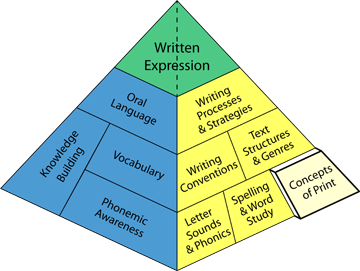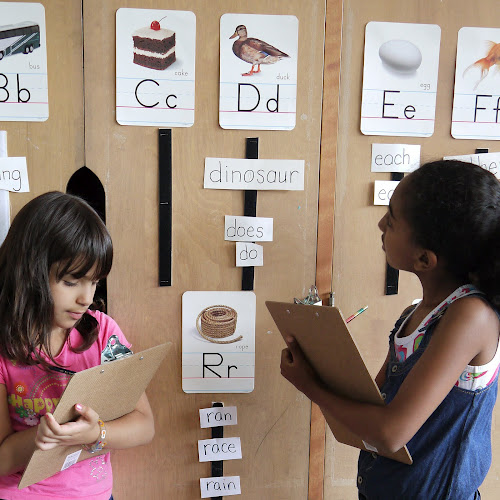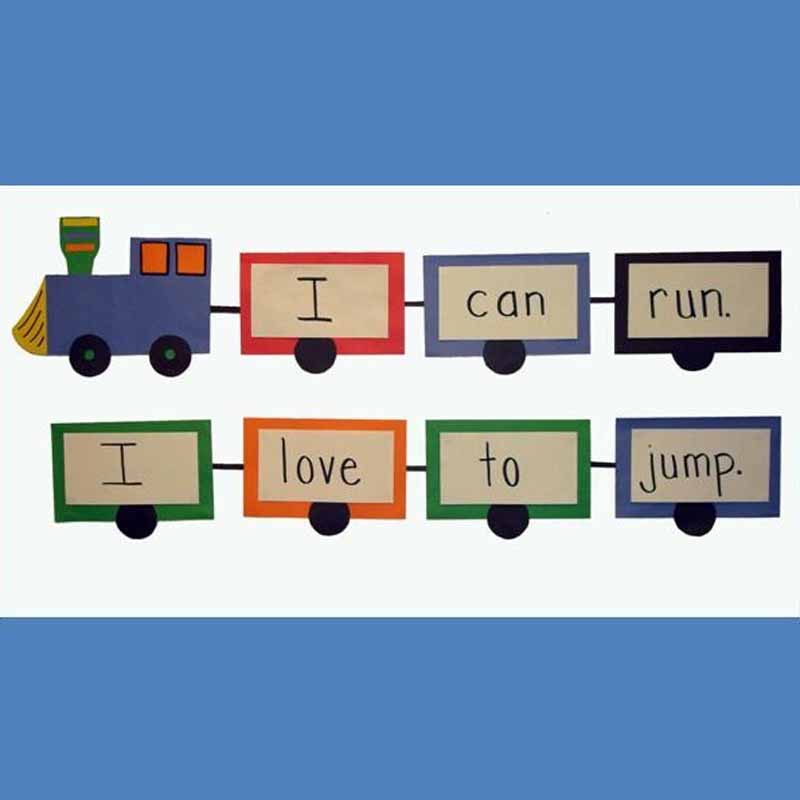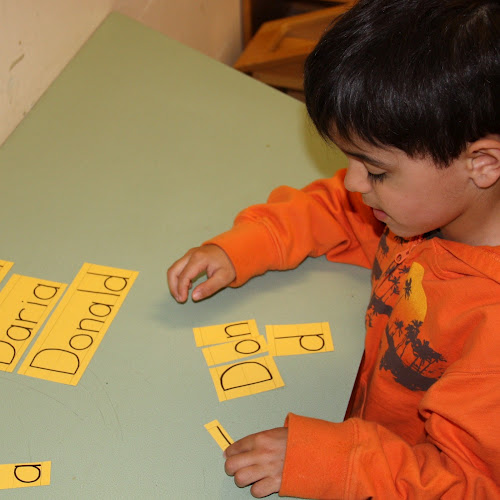Concepts of Print

What the experts say about concepts of print:
Early in literacy learning children must discover something about the arbitrary conventions we have for putting the language we speak into printed form.
~ Marie Clay
The road to reading and writing is marked by print encounters in which youngsters discover the connections between oral and written language.
~ Katherine Luongo-Orlando
Developing concepts about print in children at an early age is invaluable to their literacy development.
~ Elena Iantosca
Read more about concepts of print!
-
Print Awareness: An Introduction
- Print Awareness During Read Alouds
-
Concepts of Print Assessment
-
Test your Understanding of Print Awareness
OVERVIEW of concepts of print
|
|
Young students need to learn important concepts of print like book handling skills, text directionality, spacing, function of letters and punctuation. They also need to understand that print can be used to communicate information. This knowledge, which is most important in the early grades, provides an essential foundation for the development of reading and writing skills. |
TEACHING concepts of print
|
|
Teachers can support the development of concepts of print by explicitly showing students the features of written language. This might include information about the nature of books, text organization, and the purpose of letters and words. Teachers can use many activities to teach print concepts, such as pointing out key features of books while reading aloud, or modeling writing a morning message. |
ASSESSING concepts of print
|
|
Teachers can assess concepts of print informally by giving a student a book and observing him or her. For example, how do they hold the book? Can they point out features like the cover page and title, a word, a period, and a space? Do they know where to begin and in which direction to read? These behaviors indicate a developing understanding of concepts of print. Monitor progress throughout the year. |
Featured Videos
Today's News: Building Concepts of Print
How to Use a Morning Message: Building Concepts of Print and Much More!
Classroom Post Office: Letter Writing for Motivation and Communication
All Concepts of Print Recipes
 Small Group Shared Reading: Building Motivation for Literacy and Concepts of Print in Kindergarten (Virtual Tour)
Small Group Shared Reading: Building Motivation for Literacy and Concepts of Print in Kindergarten (Virtual Tour)
PreK - K
 Meaningful Word Walls: Using Childrens Names and Familiar Sound-Prompt Pictures (Virtual Tour)
Meaningful Word Walls: Using Childrens Names and Familiar Sound-Prompt Pictures (Virtual Tour)
PreK - 2nd
 Morning Messages: Developing Concepts of Print, Word Recognition and Rhyming (Virtual Tour)
Morning Messages: Developing Concepts of Print, Word Recognition and Rhyming (Virtual Tour)
PreK - 1st
 Alphabet Artwork: Prompting Letter-Sound Associations using Meaningful Materials (Virtual Tour)
Alphabet Artwork: Prompting Letter-Sound Associations using Meaningful Materials (Virtual Tour)
PreK - K
 Pointing Fingers!: Using Props to Focus on Individual Words and Inter-Word Spaces (Virtual Tour)
Pointing Fingers!: Using Props to Focus on Individual Words and Inter-Word Spaces (Virtual Tour)
PreK - 1st













